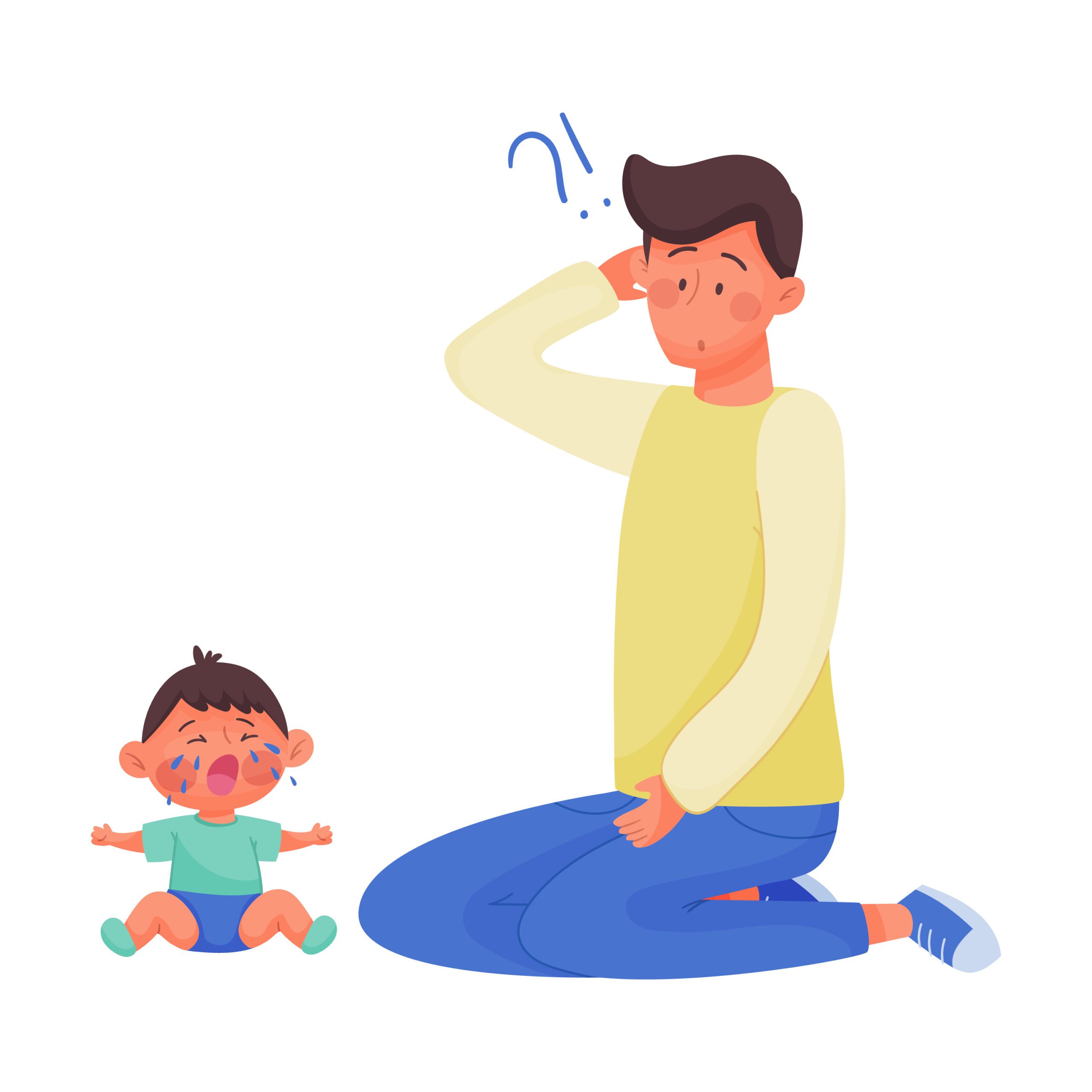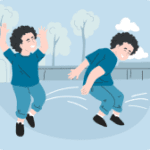Find a Therapist to Talk to.
Filter by State

My Left Foot Children’s Therapy
Therapy Clinic
, Nevada
Specializations
- Pediatric Occupational Therapy
- Pediatric Physical Therapy
- Pediatric Speech Therapy

Synergy Physical Therapy
Therapy Clinic
, Nevada
Specializations
- Adult Physical Therapy
Contact Information
Frequently Asked Questions
Your review has been submitted. Thank you!








































 Speech Therapy
Speech Therapy Physical Therapy
Physical Therapy Occupational Therapy
Occupational Therapy




